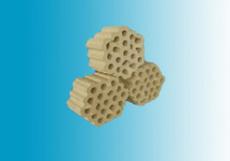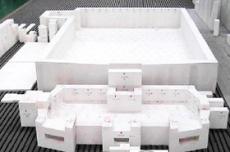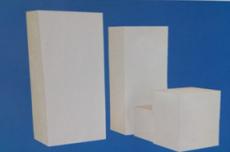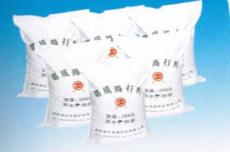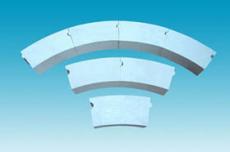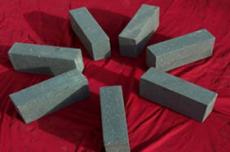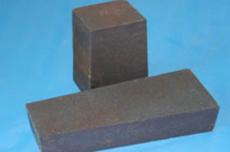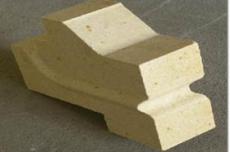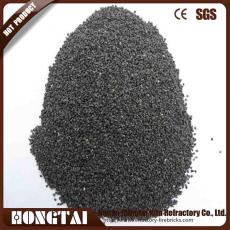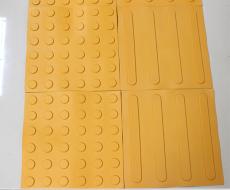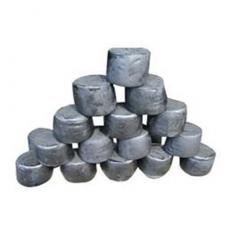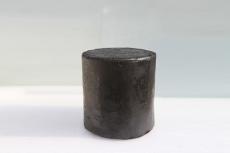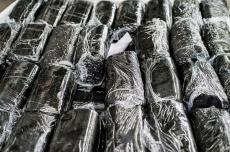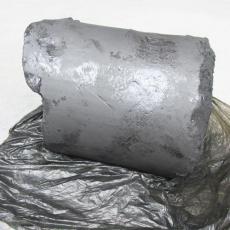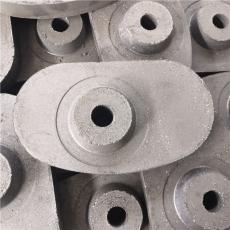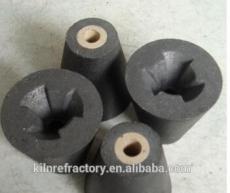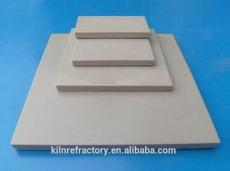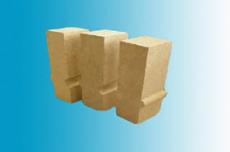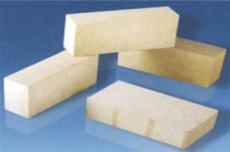
The following is an introduction to the refractory layer on the inner wall of high-temperature equipment:
1. Function: Insulation and heat preservation: reduce heat loss from the inside of high-temperature equipment to the external environment, maintain the high temperature environment inside the equipment, improve thermal efficiency, and reduce energy consumption.
Protect the main body of the equipment: prevent high temperature from causing direct damage to the metal shell or structure of the equipment, avoid deformation and damage caused by thermal stress, and extend the service life of the equipment.
Resist chemical erosion: The high-temperature medium, slag, etc. in the equipment may be corrosive, and the refractory layer can resist the erosion of these chemicals to ensure the structural integrity of the equipment.
Wear and impact resistance: For high-temperature equipment with material flow, particle scouring or mechanical vibration, the refractory layer can withstand wear and mechanical impact to prevent excessive material loss and peeling.
Maintaining the process environment: In some specific high-temperature processes, the refractory layer helps to maintain a stable process environment, promote chemical reactions, and ensure product quality.
2. Material classification Acidic refractory silica brick: contains more than 93% silicon oxide, has strong resistance to acidic slag erosion, high load softening temperature, does not shrink in volume or even slightly expands after repeated calcination, but is easily corroded by alkaline slag, has poor thermal vibration resistance, and is mainly used in coke ovens, glass melting furnaces, acidic steelmaking furnaces, etc.
Clay brick: with refractory clay as the main raw material, contains 30% to 46% alumina, is a weakly acidic refractory material with good thermal vibration resistance, corrosion resistance to acidic slag, and is widely used.
Neutral refractory corundum products: contains more than 95% alumina, is a high-quality refractory material with a wide range of uses, with extremely high melting point, load softening point, thermal shock resistance and wear resistance.
Chrome brick: with chromium oxide as the main component, has good corrosion resistance to steel slag, but poor thermal vibration resistance, and low high-temperature load deformation temperature.
Carbon refractory materials: including carbon bricks, graphite products and silicon carbide products, etc., with very low thermal expansion coefficient, high thermal conductivity, good thermal vibration resistance, high high temperature strength, acid, alkali and salt resistance, no wetting of metal and slag, light weight, widely used as high temperature furnace lining materials.
Basic refractory magnesia brick: containing more than 80% to 85% magnesium oxide, has good resistance to alkaline slag and iron slag, and has higher refractoriness than clay bricks and silica bricks. It is mainly used in high temperature equipment such as open hearth, oxygen blowing converter, electric furnace, non-ferrous metal smelting equipment, etc.
Magnesium dolomite brick: The refractoriness and resistance to slag erosion of periclase are better than dolomite. The appropriate calcium oxide content can improve the resistance of refractory materials to rapid cooling and heating. Magnesium dolomite brick is an excellent material for converter lining.
3. Selection based on use temperature: select materials with appropriate refractoriness according to the working temperature inside the high temperature equipment to ensure that the refractory materials do not soften or melt at the corresponding temperature and remain stable.
Chemical erosion environment: Consider the chemical properties of the medium in the equipment, such as acidity, alkalinity, oxidation, etc., and select refractory materials that can resist the corresponding chemical erosion.
Thermal shock stability requirements: For high-temperature equipment that is frequently started, stopped, or has large temperature fluctuations, it is necessary to select refractory materials with good thermal shock stability to prevent cracking or peeling due to rapid temperature changes.
Mechanical stress and wear conditions: If there is material flow, particle scouring, or mechanical vibration in the equipment, refractory materials with good wear resistance and mechanical impact resistance should be selected.
Equipment operating conditions: For example, in some parts that require high high-temperature strength, materials with high high-temperature mechanical strength need to be selected; for equipment with special process requirements, the impact of refractory materials on process reactions must also be considered.
Fourth, construction points Preparation before construction: Clean the residues, oil stains, dust and other impurities on the inner wall of the equipment to ensure that the surface is clean and flat; inspect and accept the refractory materials to ensure that the quality of the materials meets the requirements; preheat the refractory materials as needed.
Material proportioning and mixing: For amorphous refractory materials, such as castables, proportioning and mixing should be carried out strictly in accordance with the requirements of the product manual, and special mixing equipment should be used to ensure uniform proportioning and control the mixing time.
Construction thickness and layer: The construction thickness of refractory materials should be uniform. When pouring in layers, the thickness of each layer should be controlled, generally 15-30mm. Each layer of material should be compacted to avoid the formation of bubbles or voids.
Vibration treatment: Amorphous refractory materials need to be vibrated during construction. Tools such as vibrating tables and hammers are used to ensure that the materials reach the ideal density and improve their high-temperature strength and service life.
Maintenance and furnace baking: After the construction is completed, proper maintenance and furnace baking operations should be carried out. During the maintenance process, the humidity and temperature of the environment should be kept appropriate. The furnace should be heated gradually to avoid cracks in the refractory materials caused by rapid temperature changes.
